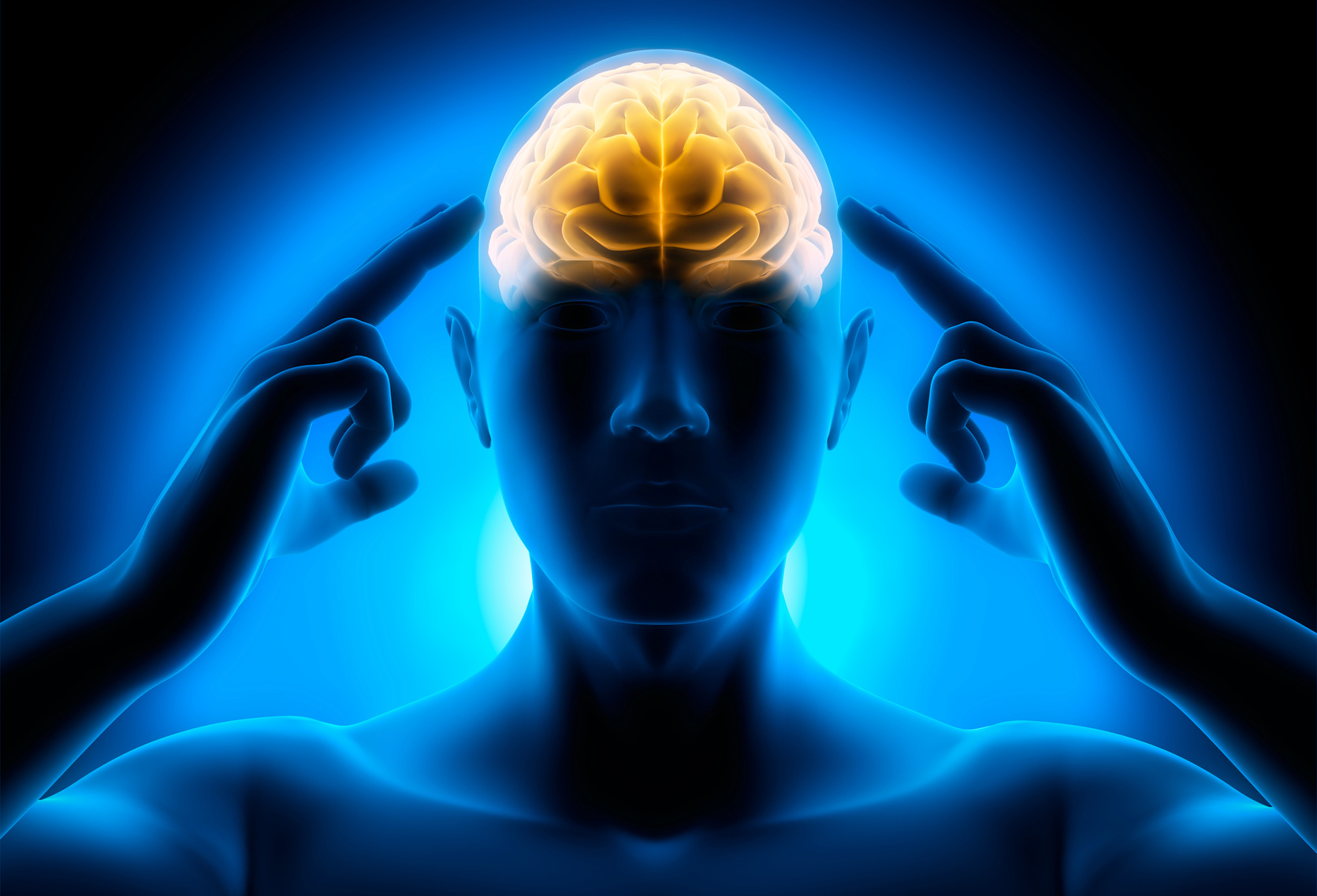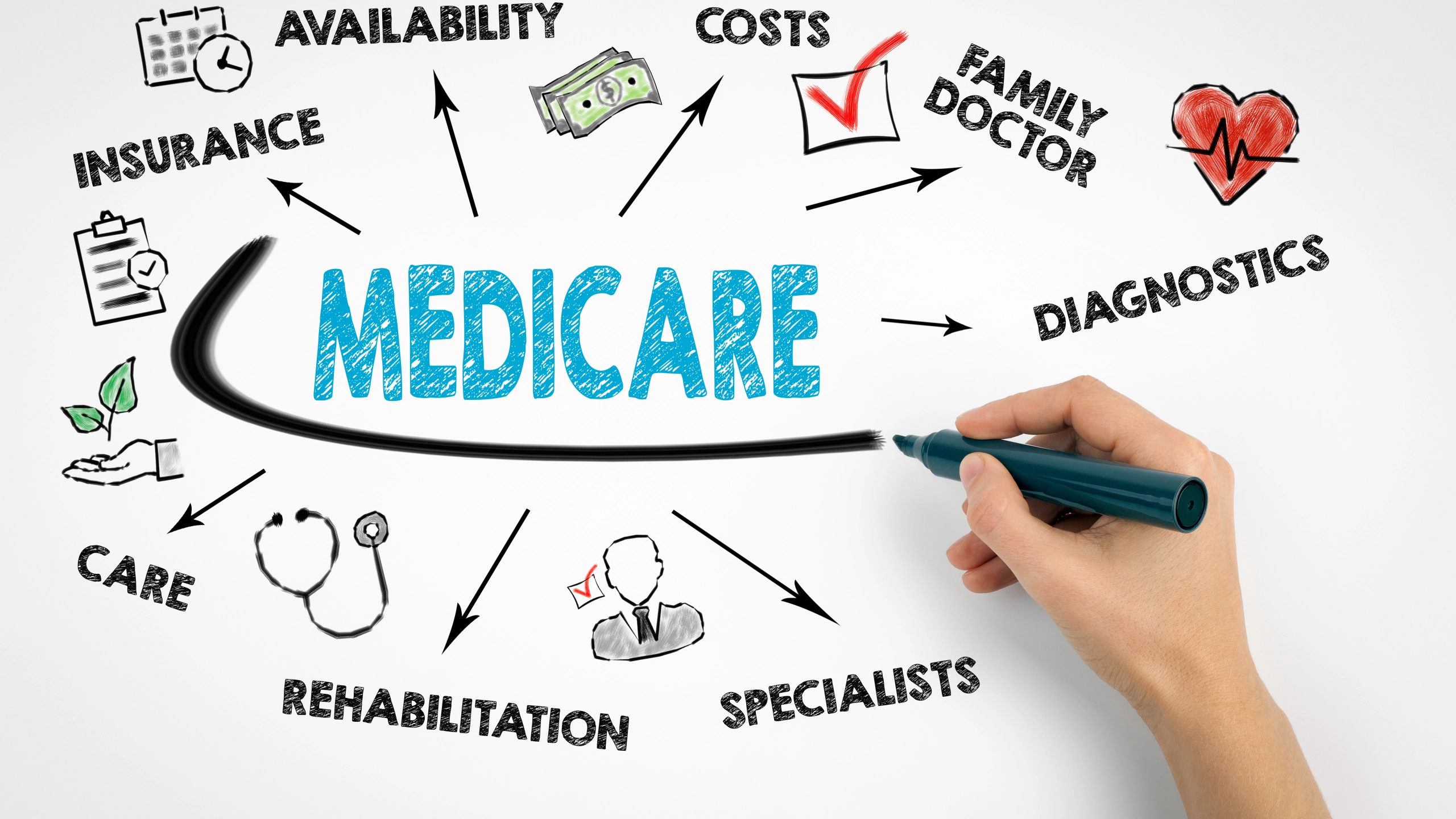Temporomandibular Disorder (TMD) refers to a group of conditions that affect the temporomandibular joint (TMJ) and surrounding structures, causing pain and dysfunction in the jaw. This article aims to provide a comprehensive overview of TMD, including its causes, symptoms, and available treatment options. By understanding TMD better, individuals experiencing jaw pain or related symptoms can seek appropriate care and make informed decisions regarding their treatment.
Understanding Temporomandibular Disorder
Temporomandibular Disorder is a complex condition that affects the TMJ, which is responsible for the jaw’s movement. TMD can have various causes, including trauma to the jaw, misalignment of the jaw or teeth, arthritis, bruxism (teeth grinding or clenching), and stress. The exact cause of TMD may vary from person to person.
Recognizing the Symptoms
TMD can manifest through a range of symptoms, which can vary in severity and duration. Common symptoms include jaw pain or tenderness, difficulty in opening or closing the mouth, clicking or popping sounds when chewing or speaking, headaches, earaches, facial pain, and neck or shoulder pain. These symptoms can significantly impact daily activities such as eating, speaking, and even sleeping.
Diagnosis of TMD
Diagnosing TMD involves a comprehensive evaluation by a healthcare professional experienced in TMD treatment. The examination may include a review of medical history, a thorough physical examination of the jaw, and possibly additional diagnostic tests such as X-rays, MRI, or CT scans. A proper diagnosis is essential to determine the specific cause of TMD and develop an appropriate treatment plan.
Treatment Options for TMD
The treatment of TMD aims to relieve pain, restore normal jaw function, and improve the overall quality of life. The approach to treatment depends on the underlying cause and severity of the condition. Non-invasive treatments often form the initial line of management. These may include:

- Self-Care Practices: This involves practicing relaxation techniques, applying heat or cold packs to the affected area, and avoiding hard or chewy foods.
- Medications: Over-the-counter pain relievers, muscle relaxants, and anti-inflammatory drugs may be prescribed to alleviate pain and reduce inflammation.
- Oral Appliances: A dentist may recommend using oral appliances such as splints or mouthguards to reduce jaw clenching, and grinding, or to improve jaw alignment.
- Physical Therapy: Specific exercises and techniques can help strengthen the jaw muscles, improve jaw mobility, and reduce pain.
In cases where non-invasive treatments do not provide sufficient relief, other options such as corticosteroid injections or surgical interventions may be considered. However, these interventions are typically reserved for severe or refractory cases of TMD.
Lifestyle Modifications and Prevention
Making certain lifestyle modifications can contribute to managing TMD symptoms. This includes maintaining good posture, practicing stress management techniques, avoiding chewing gum, and adopting a soft food diet. Additionally, maintaining regular dental check-ups and promptly addressing any dental issues can help prevent TMD or minimize its impact.
In addition to medical interventions, making certain lifestyle modifications can play a crucial role in managing TMD symptoms and promoting overall jaw health. By incorporating these practices into daily routines, individuals can minimize discomfort and reduce the likelihood of TMD flare-ups.
- Maintain Good Posture: Practicing proper posture can help alleviate strain on the jaw joint. It is important to sit and stand with the head and neck aligned, avoiding slouching or excessive forward head posture.
- Practice Stress Management Techniques: Stress can exacerbate TMD symptoms by causing jaw clenching and muscle tension. Engaging in stress-reducing activities such as exercise, meditation, deep breathing exercises, or seeking support from a therapist can help alleviate tension and promote relaxation.
- Avoid Chewing Gum: Chewing gum places repetitive strain on the jaw joint and can worsen TMD symptoms. It is advisable to avoid gum altogether or limit its use.
- Adopt a Soft Food Diet: Consuming soft, easy-to-chew foods can reduce the strain on the jaw joint. Opt for foods that are gentle on the jaw, such as cooked vegetables, mashed potatoes, soups, and smoothies.
- Maintain Regular Dental Check-ups: Regular dental visits are essential for monitoring oral health and identifying any dental issues that could contribute to or worsen TMD. Addressing dental problems promptly can help prevent the onset or progression of TMD symptoms.
- Avoid Habits That Strain the Jaw: Habits such as nail-biting, biting on hard objects like pens or ice, and clenching or grinding teeth should be avoided as they can strain the jaw joint and exacerbate TMD symptoms.
By implementing these lifestyle modifications and being mindful of activities that can strain the jaw, individuals can reduce the frequency and intensity of TMD symptoms, promote healing, and support long-term jaw health. It is important to consult with healthcare professionals and follow their guidance in implementing these changes alongside any prescribed treatment plan.

In conclusion, Temporomandibular Disorder (TMD) is a multifaceted condition that requires careful understanding and tailored treatment approaches. By recognizing the causes and symptoms of TMD, individuals can seek appropriate care to alleviate pain and improve jaw function. The range of treatment options, from non-invasive measures like self-care practices and oral appliances to more advanced interventions like injections or surgery, provide hope for TMD sufferers. Additionally, lifestyle modifications and preventive measures can contribute to long-term management. Through timely diagnosis, comprehensive treatment plans, and a proactive approach to self-care, individuals with TMD can regain their quality of life and achieve optimal oral health.















